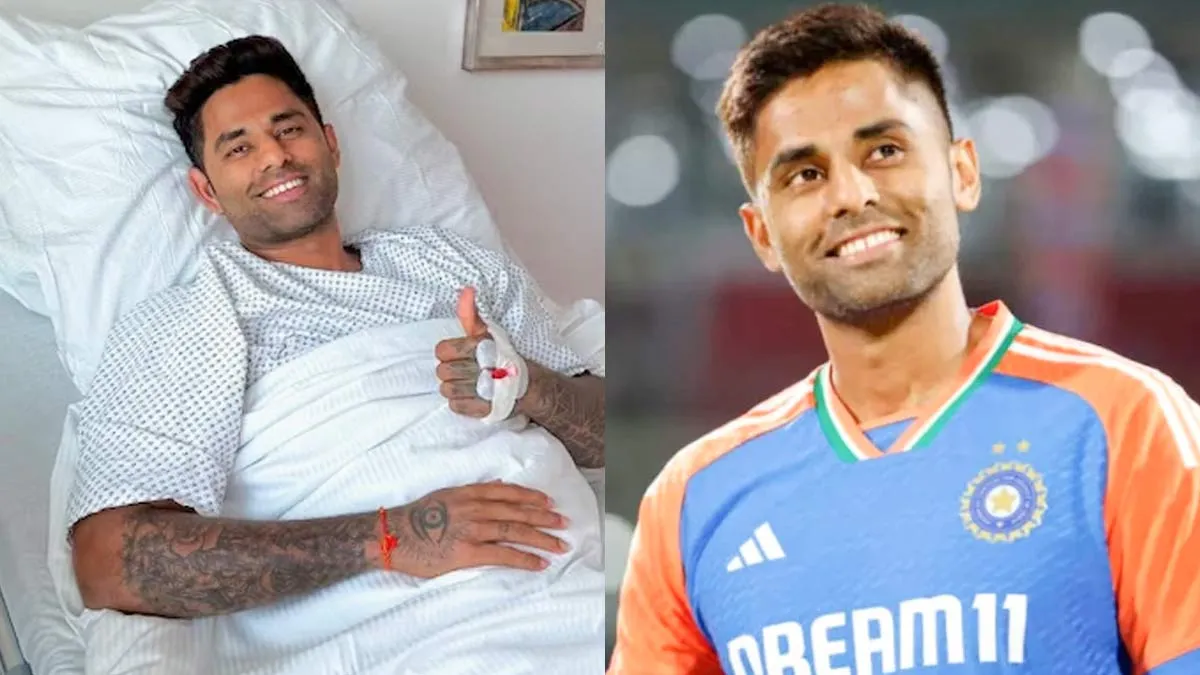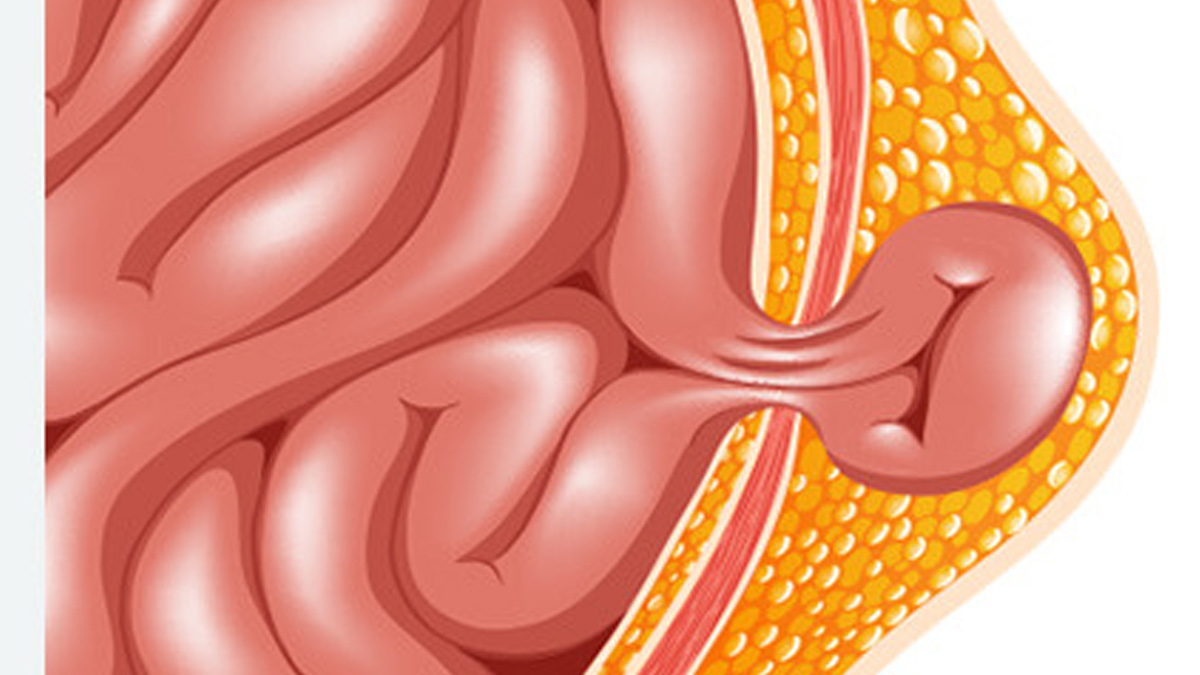
Indian cricket sensation Suryakumar Yadav has recently undergone surgery, highlighting the distinction between a normal hernia and a sports hernia. Recent reports indicate that Suryakumar underwent surgery after suffering from chronic pain in his groin, an issue common to players who engage in high-intensity sports such as cricket. His health news has triggered discussions regarding the kind of hernias players may encounter and why accurate diagnosis and treatment are critical.
Table of Content:-
What Is the Difference Between a Regular Hernia and a Sports Hernia?
View this post on Instagram
Dr Shalin Dubey, Senior Consultant in General and Robotic Surgery, Apollo Hospitals, Navi Mumbai, explains, “A regular hernia occurs when internal tissue pushes through a weakness in the abdominal wall, forming a visible bulge.” This type of hernia is quite common and can happen to anyone at any age. The bulge often becomes more noticeable when coughing or straining.
A sports hernia, on the other hand, is different. Dr Dubey adds, “A sports hernia doesn’t involve any actual protrusion. Instead, it refers to torn or strained soft tissues, typically near the groin.” This injury is caused by repetitive, high-intensity physical activity and is more common in athletes. Unlike regular hernias, sports hernias do not show a visible lump but cause deep groin pain, especially during movement.
The expert further says, “Regular hernias are much more common, with about one in four males experiencing them in their lifetime. Sports hernias are less frequent and mostly affect people who do intense physical activity.”
How Are Hernias Diagnosed?![hernia diagnosis 4 (78)]()
Diagnosis starts with a clinical exam. Dr Dubey explains, “A regular hernia reveals a bulge that becomes more prominent with coughing or straining. A sports hernia lacks any visible bulge.” For sports hernias, doctors use MRI or ultrasound to confirm torn soft tissues, while CT scans help clarify actual hernias. The patient’s pain location and history of physical stress are also important for diagnosis.
ALSO READ: Build A Toned Physique Like Shubman Gill, Decoding His Workout Routine
Can You Run With a Sports Hernia?![running with hernia 2 - 2025-06-27T132503.842]()
“Running with a sports hernia worsens the condition,” warns Dr. Dubey. While mild activity may not immediately make symptoms worse, continued strain can delay healing and increase tissue damage. Athletes who push through pain risk developing chronic groin issues. A period of rest, followed by rehabilitation, is crucial for full recovery and to prevent long-term complications.
What Conditions Can Be Mistaken for a Sports Hernia?
Several conditions can mimic a sports hernia, including hip labral tears, adductor strains, inguinal hernias, or osteitis pubis. These all cause similar groin pain, especially during movement. Accurate diagnosis relies on imaging, clinical testing, and a thorough activity history. Misdiagnosis can lead to ineffective treatment and ongoing discomfort.
Symptoms and Recovery
The symptoms of sports hernia are severe or burning groin pain that occurs particularly during twisting, sprinting, or kicking. Pain can improve at rest but reappear with activity. In contrast to normal hernias, no lump is evident. Constant aching while coughing or sneezing is also a symptom of soft tissue damage.
Recovery time depends on severity and treatment. Conservative management may take 6 to 12 weeks. If surgery is needed, athletes usually resume light activity in 4 to 6 weeks and fully recover in about 3 months. Structured rehabilitation speeds up the return to sports.
Treatment Options![suryakumar yadav sports hernia 3 - 2025-06-27T132500.289]()
The initial treatment, according to the expert, is rest, ice, physical therapy, and anti-inflammatory medications. In case of persistence of symptoms, surgery to repair the damaged tissues is usually successful. Laparoscopic techniques with current technology make it possible to have faster recovery and fewer complications. For common hernias, robotic surgery is available now.
Research conducted in the British Journal of Sports Medicine established that early detection and individually customised rehabilitation enhance outcomes in sports hernia patients among sportsmen. Surgical repair, where indicated, results in good return to sport rates. You can access the study here.
ALSO READ: Nitish Kumar Reddy Once Suffered From Sports Hernia, What Is This Medical Condition
Conclusion
Suryakumar Yadav's surgery underscores the significance of learning various kinds of hernias. Routine hernias and sports hernias need various methods of diagnosis and treatment. If you are experiencing ongoing groin pain, see a doctor early to achieve the best result and avoid further dangers.
Also watch this video
How we keep this article up to date:
We work with experts and keep a close eye on the latest in health and wellness. Whenever there is a new research or helpful information, we update our articles with accurate and useful advice.
Current Version

-1751010925009.jpg)

